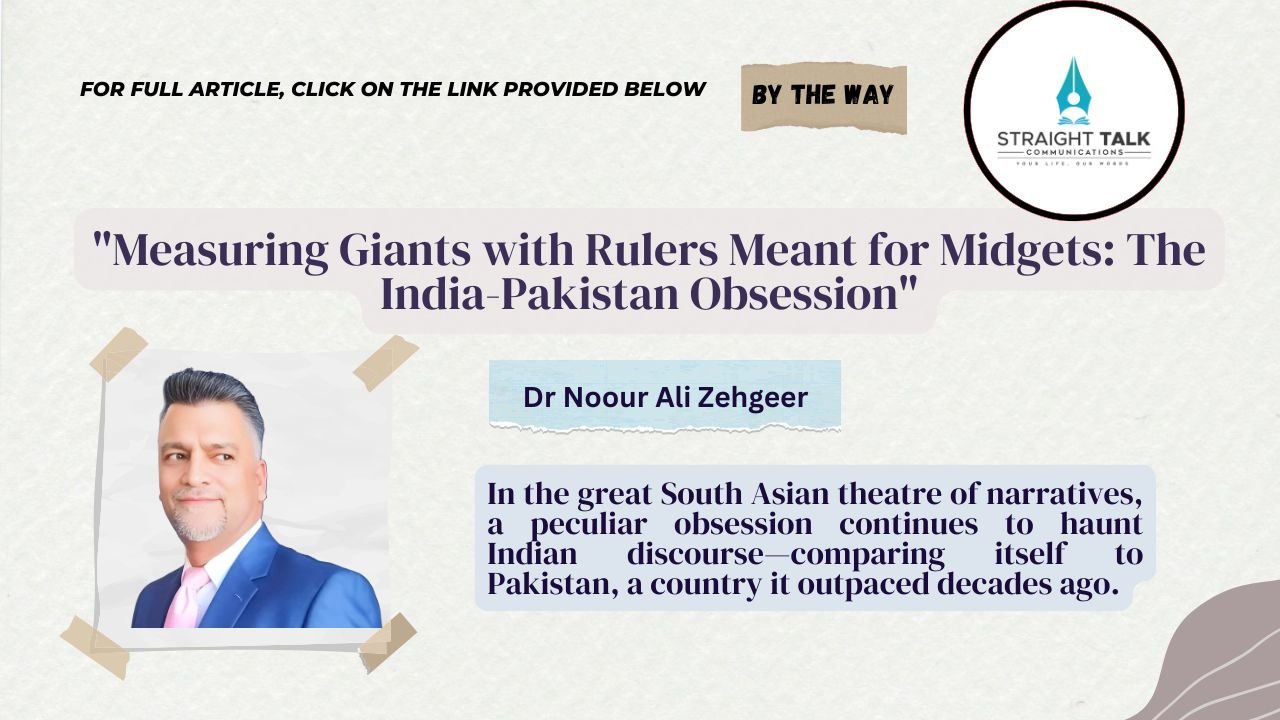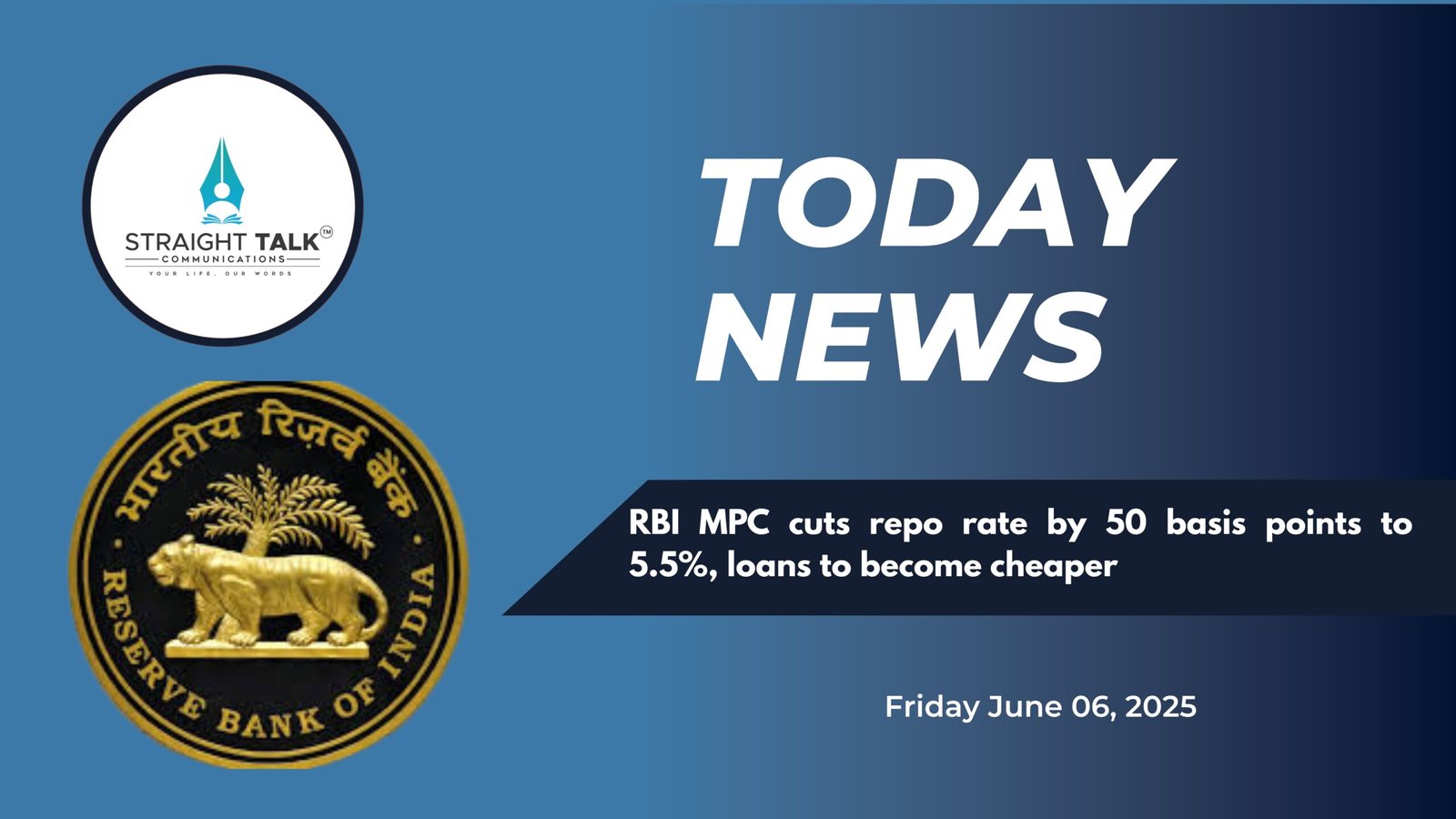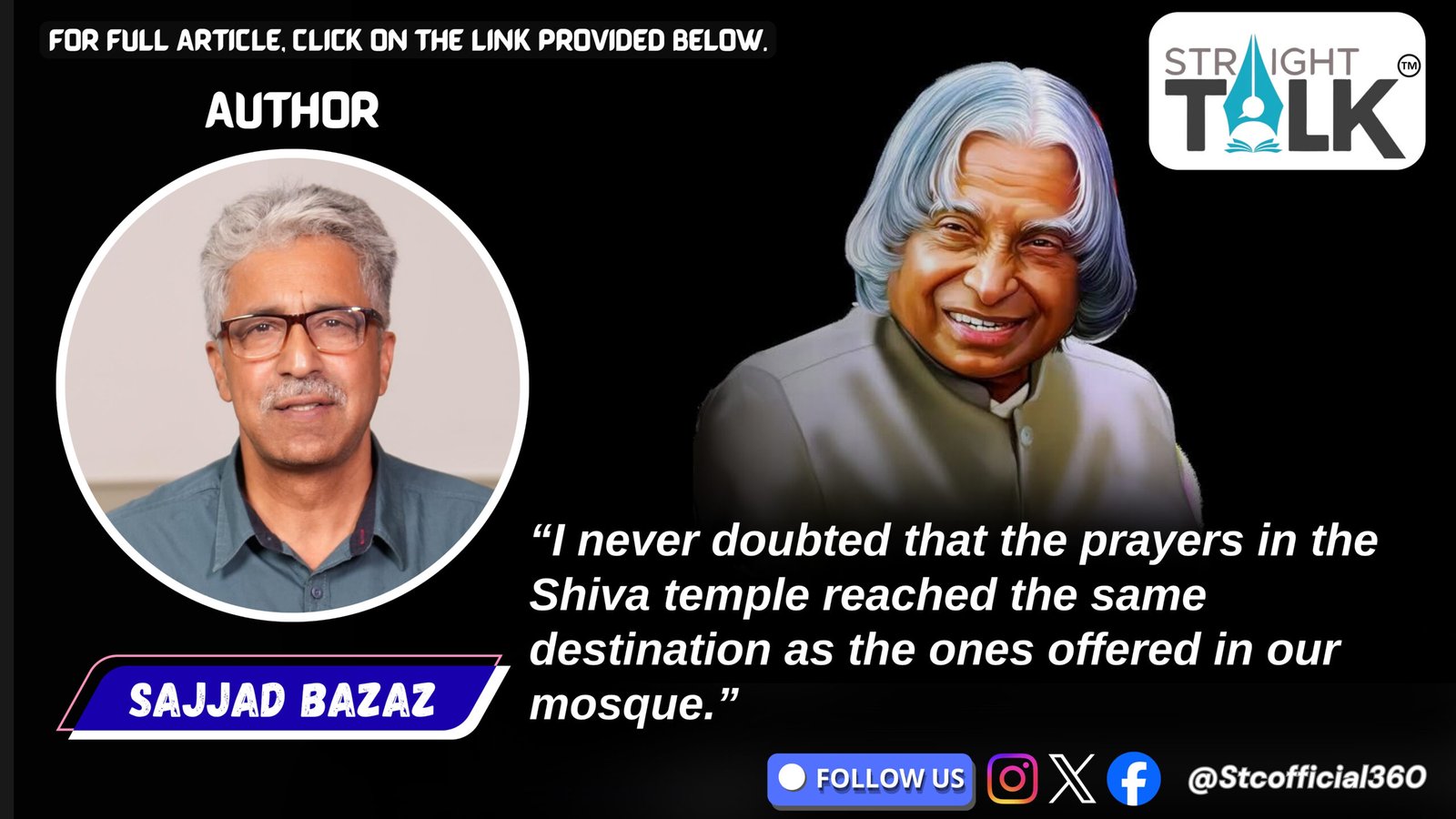“Measuring Giants with Rulers Meant for Midgets: The India-Pakistan Obsession”

Dr Noour Ali Zehgeer
In the great South Asian theatre of narratives, a peculiar obsession continues to haunt Indian discourse—comparing itself to Pakistan, a country it outpaced decades ago. While China rockets into technological singularity, builds megacities in months, and leads AI conversations at Davos, India’s television panels are still busy holding nightly scorecards on Pakistan’s economy, politics, and army. It’s like a sprinter in lane one constantly checking the toddler crawling in lane eight—missing entirely the supersonic jet flying overhead in lane nine.
Let’s set the stage historically. At the time of Partition in 1947, India inherited 98% of the industrial base, most of the subcontinent’s wealth, and a functioning, centralized administrative system. Pakistan got a few cotton mills, two wings separated by 1,200 miles of foreign land, and a vague promise of self-determination. Jinnah wasn’t bargaining for GDP parity—he was demanding ideological space. That Pakistan exists today as a nuclear-armed nation with a $400 billion economy and over $1.2 trillion in PPP terms isn’t a failure. It’s survival against the odds.
But alas, India insists on calling it a failed state—as if uttering it often enough would make it true.
The tragedy is not Pakistan’s economic challenges or political instability—those are real and undeniable. The tragedy is India’s refusal to look beyond this tired rivalry, especially when there’s a much more urgent question on the table: Why did India, a country with more natural advantages than China in 1947, end up five times smaller than its eastern neighbours today?
Instead of soul-searching, India keeps refreshing Twitter trends on Pakistan’s inflation or rolling their eyes over another IMF loan. It’s a form of denial dressed up as superiority. All the while, China built cities that resemble sci-fi sets, slashed poverty, and created tech giants like Alibaba and Huawei—while India congratulated itself for overtaking Japan in GDP without providing basic sanitation to over 100 million citizens.
Here’s the ironic twist: in many ways, Pakistan—chaotic, mismanaged, and turbulent—is still punching above its weight. With just $9 billion in annual defence spending, it manages credible nuclear deterrence, indigenous arms production, and a standing army that still gets Delhi’s attention. India, with nearly $88 billion in defence outlay, still can’t quell insurgency in Manipur, much less dominate its neighbourhood.
That’s not efficiency. That’s a warning label on a broken machine.
It gets more uncomfortable. Walk through Lahore—no, it’s not Paris or Kyoto—but you’ll find liberal pockets, open debates, and a kind of urban resilience that doesn’t square with the failed state label. You can wave an Indian flag, chant “Hindustan Zindabad,” even criticize the government or military—and you won’t disappear overnight. Try shouting “Modi Murdabad” at a political rally in India, and you might find yourself labelled anti-national, booked for sedition, or trending on Twitter courtesy of some bot farm in Ghaziabad.
Pakistan isn’t perfect—not by a mile. But it isn’t North Korea either. It’s a country riddled with contradictions, much like its bigger neighbour, and still navigating postcolonial trauma, strategic overreach, and socioeconomic disparity. If it wasn’t worth studying, India wouldn’t watch its every move with obsessive glee and fear.
So, what’s the real point of all this comparison?
It’s psychological. India needs to feel superior, not to Pakistan, but to someone. With China zooming ahead and the West still patronizing, Pakistan provides the perfect punching bag. It doesn’t punch back too hard, so it’s safe to mock. It doesn’t progress fast enough to threaten, but it survives just enough to annoy. China’s role in South Asia remains complex—it supports Pakistan strategically while maintaining cautious diplomatic engagement with India. This dynamic influences regional stability and global power shifts. Would you like to explore how this impacts India’s broader foreign policy?
Yet this approach comes at a cost. By focusing on Pakistan, India avoids confronting its real demons:
Why does it rank so low on the Human Development Index?
Why is inequality rising faster than the GDP?
Why are its children still malnourished in record numbers, even as billionaires launch satellites?
Why does it celebrate economic milestones without distributing economic dignity?
GDP may have crossed $4 trillion, but when streets in Tokyo are cleaner than AIIMS corridors, it’s worth asking what growth really means.
Pakistan never claimed to be a superpower. It’s like mocking a carpenter for not being an astronaut. It misunderstands both the mission and the man. India, by contrast, has always claimed to be a rising superpower. It’s time to stop checking Pakistan’s heartbeat and start checking its own vitals.
The true rival is not to the west. It’s to the east. China is the benchmark, the yardstick, the cautionary tale, and the inspiration. Until India stops staring at Pakistan and starts studying China, it will remain a regional giant with global dreams and local squabbles.
So, here’s the final word: Pakistan is not a failed state. It’s a flawed but functioning one—resilient in its chaos, resourceful in its weakness. The real failure may lie in the hearts of those who think mocking it is a strategy, rather than a symptom of strategic myopia. It has to do lot to ensure people feel safe, per Capta income increases and also people live on their earnings rather than cousin sending money from UAE or Saudi. Dependency on foreign inwards is alarming as compared to India. India has evolved as a force to reckon with on a global platform.
And if comparing yourself to a country you outpaced 50 years ago still excites you, you might be winning the wrong race.
India needs to prepare itself for future confrontations against Pakistan, by treating Pakistan as an opponent definitely but not as under dogs. The preparation has to be as normal so that u can strategize and win over Pakistan in a consolidated manner.







